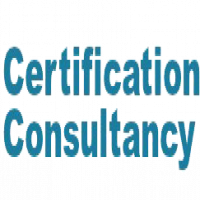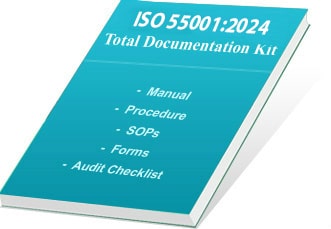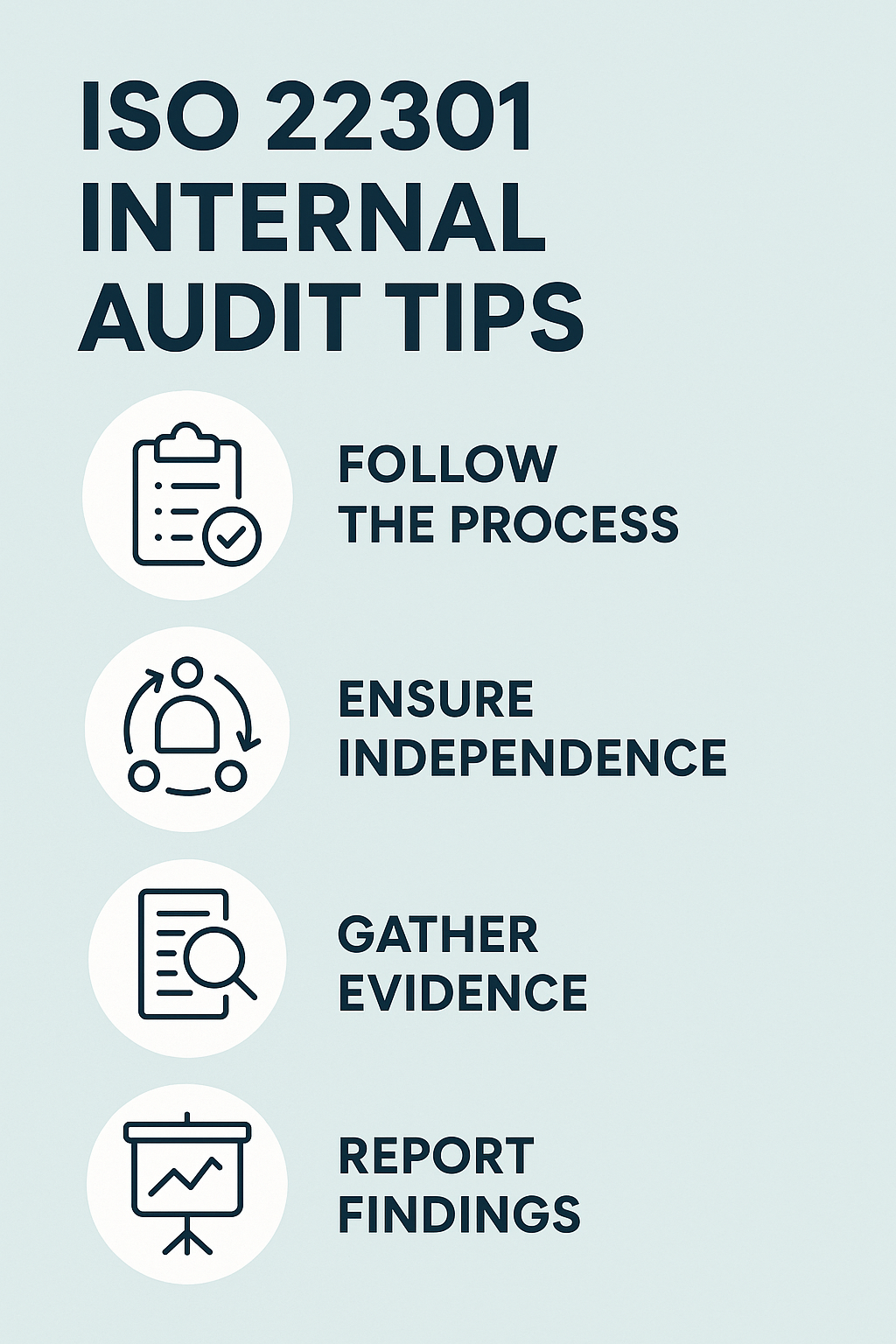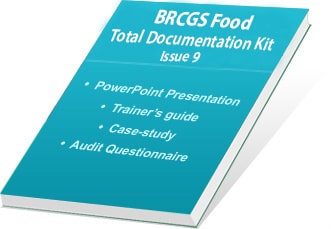How to Document ITIL Processes for ISO 20000 Compliance

Strong 8k brings an ultra-HD IPTV experience to your living room and your pocket.
ISO 20000 is the international standard for IT service management. It requires organizations to implement and maintain a formally managed service management system (SMS) with documented processes and policies. Aligning ITIL practices with ISO 20000 means capturing those processes in writing. This article explains why thorough documentation is essential for compliance, and how to structure and maintain it effectively.
Why Documenting ITIL Processes is Essential for ISO 20000 Compliance
• Provides audit evidence: ISO 20000 requires a documented service management system (SMS) scope, policy and objectives. Written policies, process descriptions and records allow auditors to verify that procedures are defined and followed.
• Ensures consistency and quality: Formal documentation means everyone follows the same steps. This reduces variation and makes service delivery more predictable and reliable.
• Clarifies roles and responsibilities: Documenting processes spells out who performs each task and when. Assigning ownership and approval authority (for example, who approves changes or resolves incidents) is a core ISO requirement.
• Enables improvement: When processes are written down, it is easier to measure performance and spot weaknesses. Metrics and records from documented processes support continual improvement efforts.
• Supports training and knowledge retention: Staff can learn and reference processes from clear documentation. This keeps service delivery consistent even when personnel change.
By tying ITIL workflows to documented policies and records, organizations ensure they meet ISO 20000’s requirements and show auditors that the SMS is implemented and managed systematically.
ITIL Processes for ISO 20000
• Incident and Request Fulfillment: Tracks and resolves user-reported incidents and service requests. Documenting this process shows how the service desk handles issues and meets response targets.
• Problem Management: Focuses on identifying and addressing root causes of incidents. A documented problem process outlines analysis steps and known error tracking to prevent recurring issues.
• Change and Release Management: Controls changes to minimize risk. Procedures for submitting changes, approval by a change advisory board (CAB), and release deployment must be documented to meet policy requirements.
• Configuration and Asset Management: Maintains a service asset and configuration database. Documented processes for tracking configuration items and their relationships demonstrate control over the IT infrastructure.
• Service Level and Supplier Management: Defines and maintains SLAs with customers and contracts with vendors. Written SLAs and performance reports show how commitments are agreed and monitored.
• Business Relationship Management: Manages customer interactions and requirements. Documenting this process ensures that customer needs are captured and fed back into service planning.
• Capacity, Availability, and Continuity Management: Plans for performance, uptime and disaster recovery. Documented capacity plans, availability targets and continuity strategies demonstrate proactive risk management.
• Information Security Management: Protects service information and access controls. Documented security policies and incident response procedures ensure compliance with ISO security requirements.
Each of these processes should be tailored to the organization. The key is to identify all critical service management processes that support the SMS and ensure they are covered by documentation.
Structuring Your Documentation
• SMS Policies and Manual: A top-level document that defines the SMS scope, objectives and governance. It outlines management commitment and shows how each process fits into the overall service management framework. A well-structured ISO 20000 manual serves as the central reference point for all service management documentation, ensuring alignment across policies, procedures, and operational practices.
• Procedures: Detailed step-by-step process descriptions. Each procedure explains inputs, outputs and responsibilities (for example, how a change request is initiated, approved and implemented).
• Work Instructions: Task-level guidance or job aids for specific activities. These ensure complex or routine tasks (such as system backups or password resets) are performed correctly.
• Templates and Forms: Standard documents (SLA templates, incident report forms, etc.) used throughout processes. Using consistent templates enforces uniform data collection and process execution.
• Records and Logs: Evidence of process execution (training records, change logs, incident histories, etc.). ISO 20000 requires maintaining specific records to verify that processes are actually followed.
Together, these layers cover all the Key Components of an Effective ISO 20000 Manual. They ensure every ISO requirement is addressed through clear policies, procedures and supporting materials.
Tips for Maintaining Accuracy, Consistency, and Audit-Readiness
• Version control: Maintain a revision history and require approvals for document updates. This ensures that changes are tracked and auditable.
• Regular reviews: Periodically revisit and update all documentation to reflect changes in services, technology or staffing. Scheduled reviews prevent documents from becoming outdated.
• Stakeholder involvement: Engage process owners, managers and practitioners in creating or updating documentation. Their input verifies accuracy, ensures the content is realistic, and builds ownership.
• Standardization: Use consistent templates, formatting and terminology across documents. A uniform style and glossary of terms make the documentation easier to follow and audit.
• Training and communication: Ensure all staff know where documentation is and are trained on the procedures. Awareness of documented processes helps reveal gaps and keeps everyone on the same page.
• Audit preparation: Keep records and evidence of process execution organized and accessible. Well-maintained logs, metrics and review reports show auditors that the SMS is active and compliant.
In summary, documenting ITIL processes thoroughly creates the backbone of an ISO 20000-compliant service management system. A clear, organized manual of policies, procedures and records not only satisfies auditors but also ensures consistent, high-quality service delivery. By following a structured documentation approach and keeping everything up to date, organizations meet ISO requirements and build a foundation for continuous improvement and operational excellence.
Note: IndiBlogHub features both user-submitted and editorial content. We do not verify third-party contributions. Read our Disclaimer and Privacy Policyfor details.







